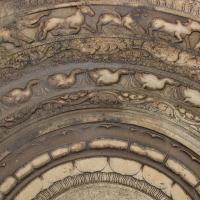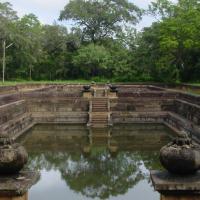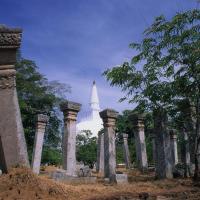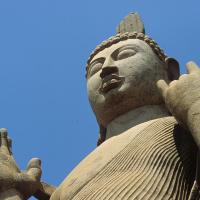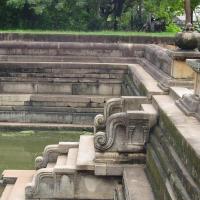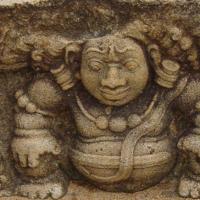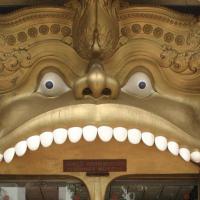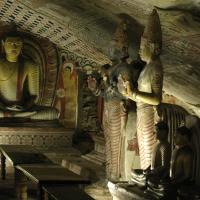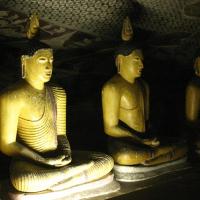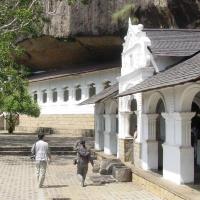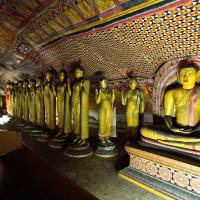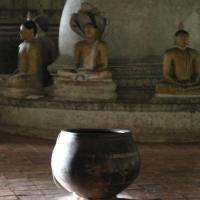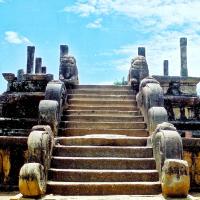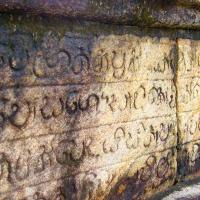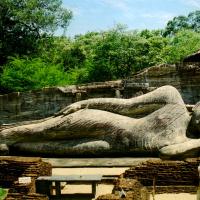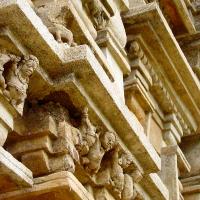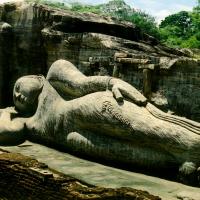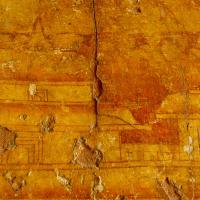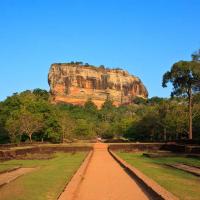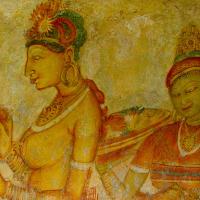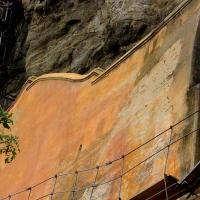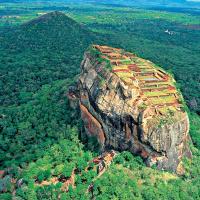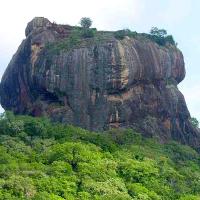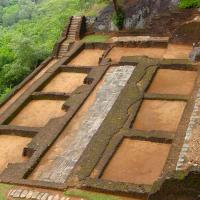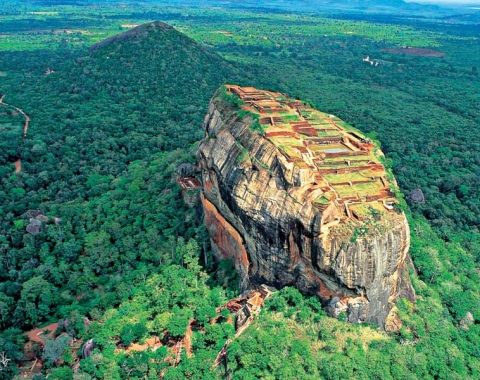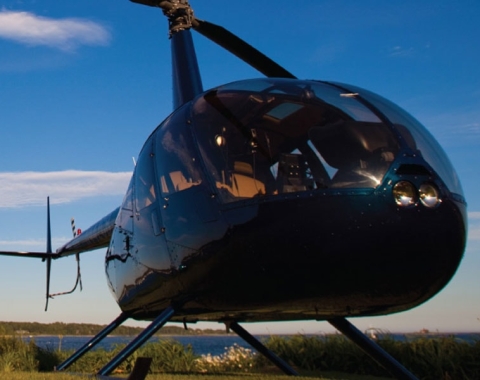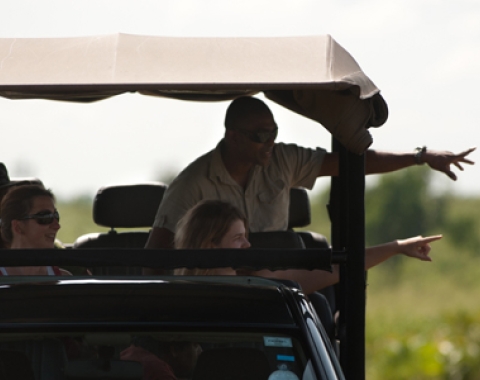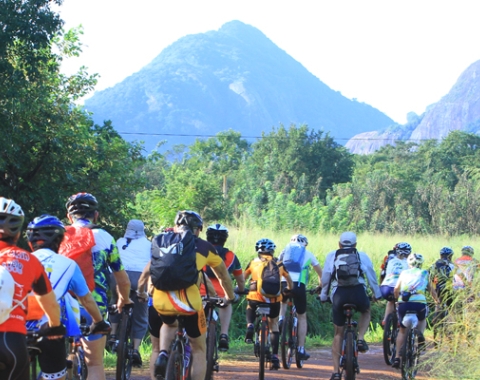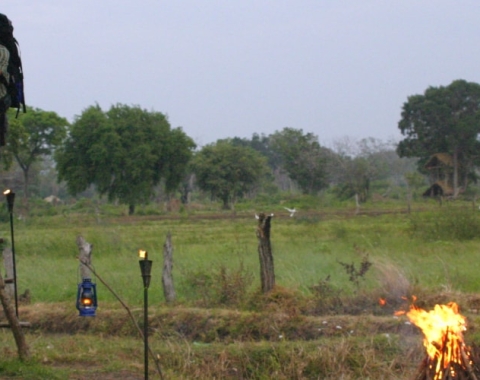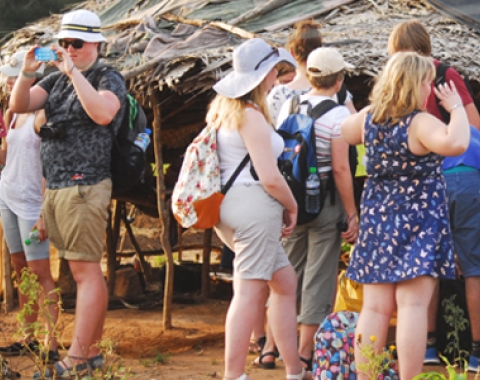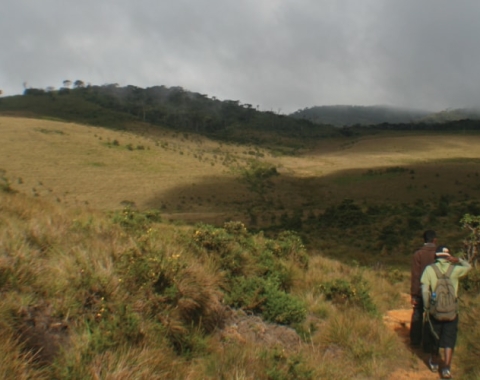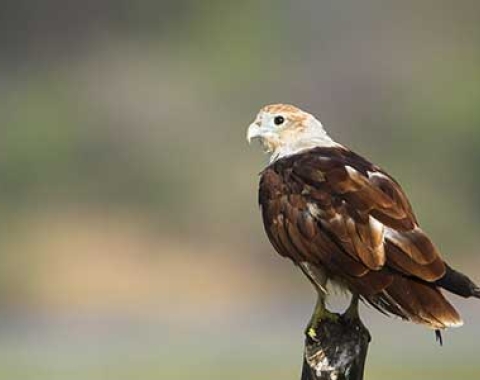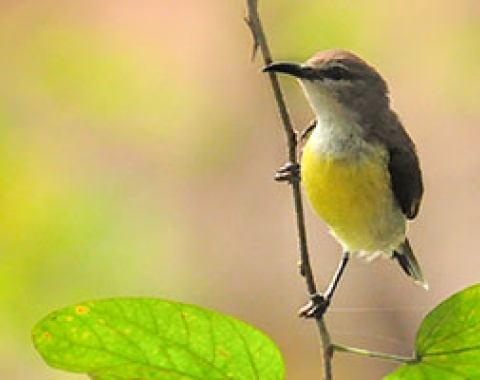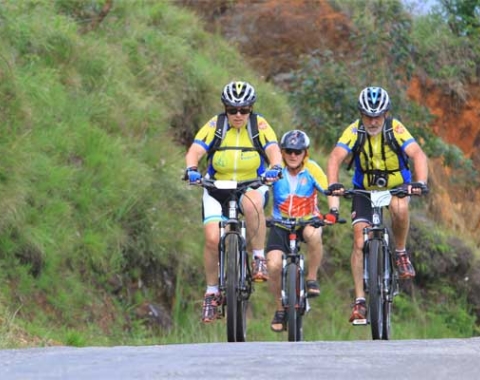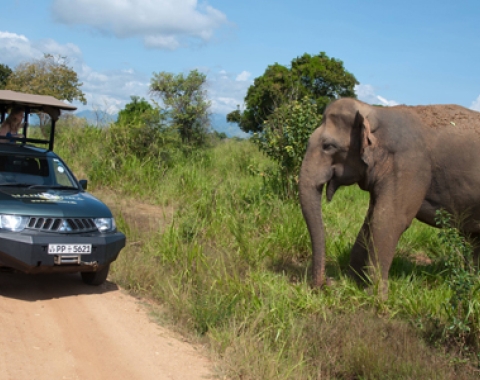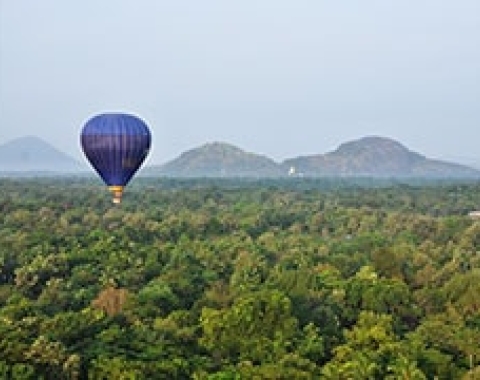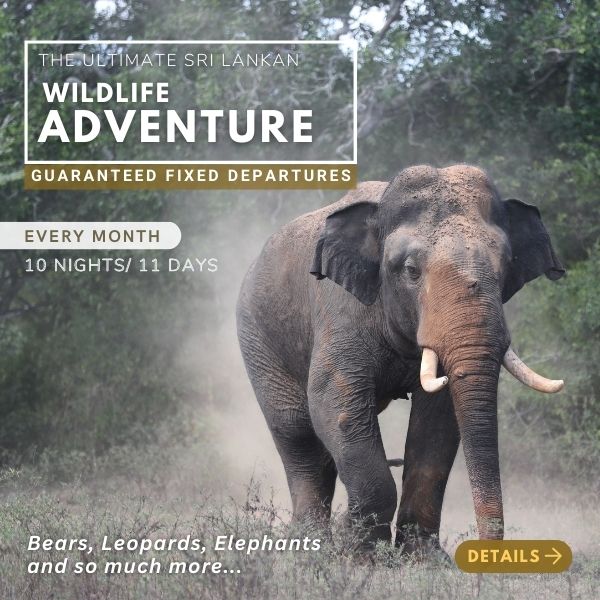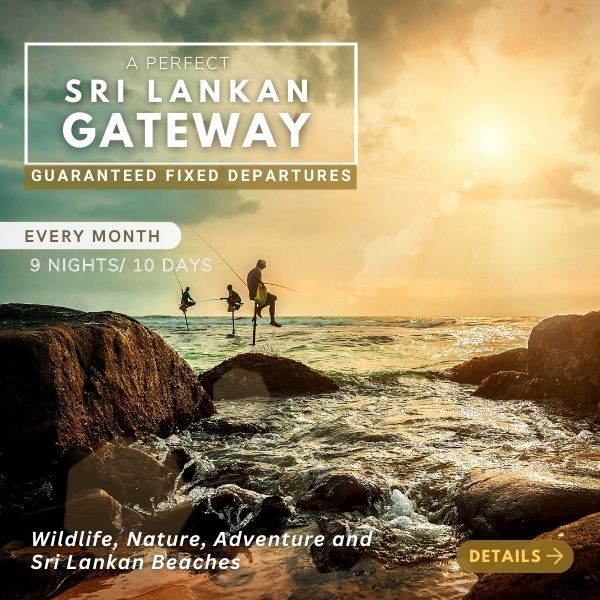Cultural Triangle
Stretching from green hills of Kandy to the ancient kingdom of Anuradhapura in the north and Polonnaruwa in the east, the Cultural Triangle - traditionally referred to as Rajarata, or “The King’s Land” - was the heart of Sinhalese civilisation whose grandiose monuments have encapsulated the golden age of ancient kingdoms and Buddhist art.
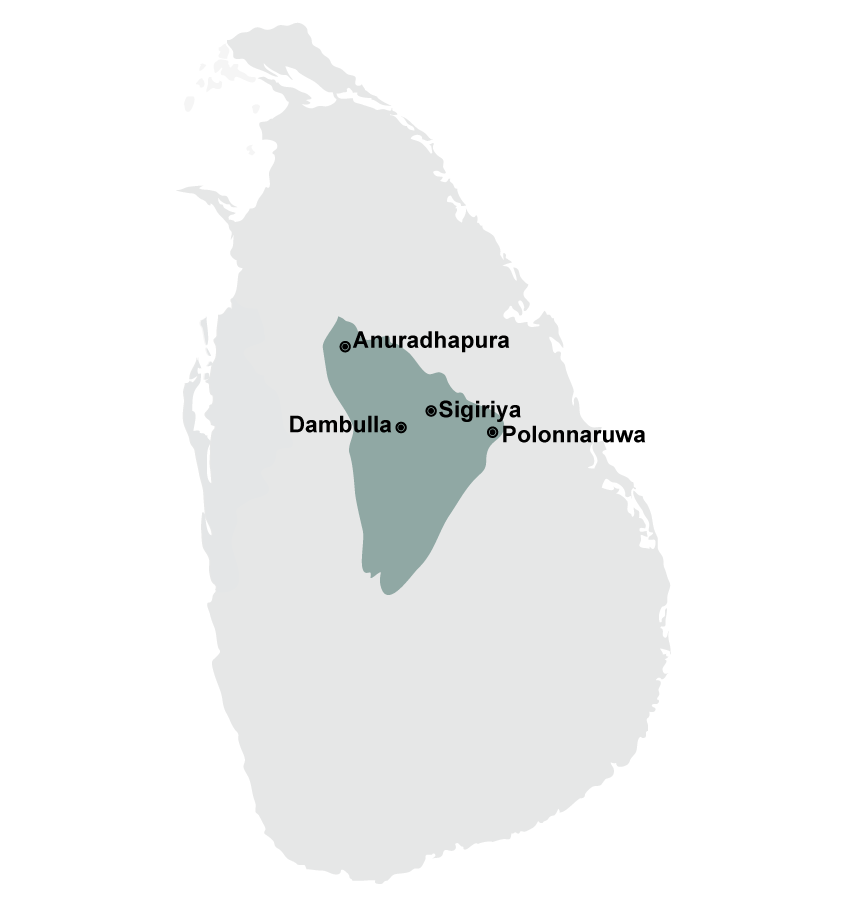 Many of the temples, sculptures, monasteries and stupas lying within the Cultural Triangle date back to over 2000 years. The spectacular rock fortress of Sigiriya is perhaps Sri Lanka’s single most extraordinary sight, whereas the ancient city of Anuradhapura, one of medieval Asia’s great metropolises, is dotted with a large number of elaborate palaces, enormous tanks and monumental dagobas. Further south, Polonnaruwa, the island’s second capital, boasts impressive archaeological relics and monuments.
Many of the temples, sculptures, monasteries and stupas lying within the Cultural Triangle date back to over 2000 years. The spectacular rock fortress of Sigiriya is perhaps Sri Lanka’s single most extraordinary sight, whereas the ancient city of Anuradhapura, one of medieval Asia’s great metropolises, is dotted with a large number of elaborate palaces, enormous tanks and monumental dagobas. Further south, Polonnaruwa, the island’s second capital, boasts impressive archaeological relics and monuments.
Other notable attractions include the impressive cave temples of Dambulla, and the sacred mountain of Mihintale, scene of the introduction of Buddhism to the island.
Anuradhapura
Founded in the 377 BC, Anuradhapura is renowned as one of the oldest inhabited cities in the world. Today, with large number of ancient monuments and several UNESCO World Heritage Sites, is one of the best places to discover the great Sinhala civilization that flourished in this region. This truly archeological city was the first established kingdom in ancient Sri Lanka, and several kings left a legacy of architectural and engineering marvels.
In Anuradhapura, you can see some of the most famous as well as the tallest Dagoba in Sri Lanka known as “Ruwanweli Maha saya”. The remains of historical palaces, temples, monasteries, ceremonial baths and the temple of the holy Bo-tree (Sri Maha Bodhi) in also in this historically significant city. The Sri Maha Bodhi Bo tree was grown from a branch of the tree under which "The Buddha" attained enlightenment while he was meditating, more than 2500 year ago.


